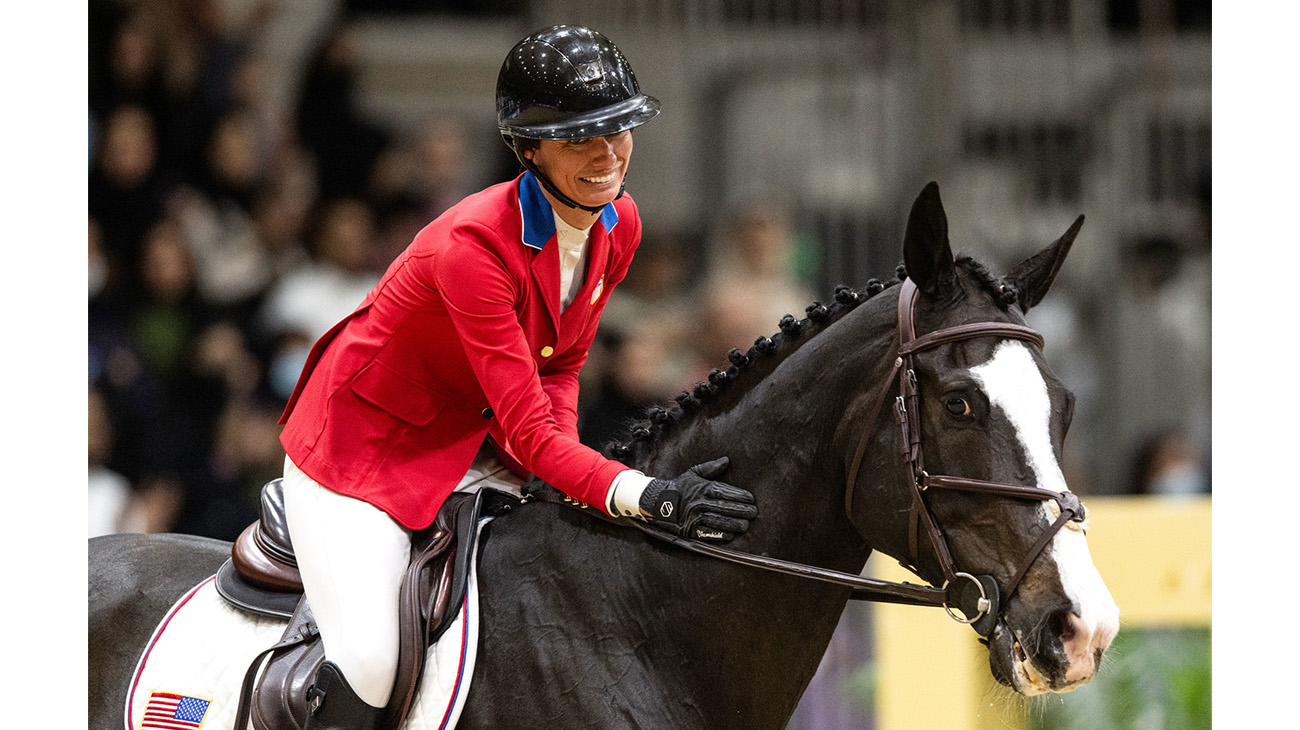- Fri. Apr 19th, 2024
Latest Post
High School Sports Schedule and Recap: The Best Games of the Day on Syracuse.com
The high school sports schedule for Thursday, April 18 can be found exclusively on Syracuse.com. The schedule features a variety of sports, including baseball, boys golf, boys lacrosse, boys outdoor…
Tragic Loss: 13-Year-Old Chromatic BF Dies During Jumping World Cup Event
On April 18, during the Longines FEI Jumping World Cup held in Riyadh, Saudi Arabia, Chromatic BF suddenly collapsed and died in the stabling area. The horse, a 13-year-old Oldenburg…
Closing the Gender Gap: Melinda French Gates Discusses the Need for Economic Equality
In at least 93 countries, it is legally acceptable to pay women less for doing the exact same job as a man. This is just one example of the many…
Experts Discuss Minnesota Timberwolves’ Playoff Matchup Against Phoenix Suns on MPR News
The Minnesota Timberwolves are preparing for their upcoming matchup against the Phoenix Suns in the NBA Playoffs. Despite having a successful season, the Wolves have yet to defeat the Suns…
Austrian Airlines Collective Agreement Dispute: Tensions Rise as Further Strikes Loom Without a Resolution in Sight
The ongoing collective agreement dispute involving 3,500 employees at Austrian Airlines showed no signs of resolution on Thursday. AUA spokeswoman Sophie Matkovits stated that while discussions were ongoing at various…
Revolutionizing the Event Experience: How Technology is Blending the Physical and Digital Worlds
The integration of technology and creativity is transforming the way live events are planned and executed. Cutting-edge technologies such as augmented and virtual reality are leading the charge, offering immersive…
Lions President Rod Wood Unveils New Uniforms in Collaboration with Nike, Paying Homage to Past and Future of Detroit Football
Lions president Rod Wood expressed excitement about the team’s new uniforms, which were unveiled in collaboration with Nike at Ford Field. The uniforms feature a richer tone of Honolulu Blue…
The Power of Clear Communication: How Bosch’s Praesensa Paging System Enhances Safety and Security in Various Settings.
Bosch’s Praesensa paging system is a crucial component of modern security systems. It ensures efficient communication during emergencies by providing clear and direct messages through features like automated triggers for…
Detroit Lions’ GM Brad Holmes Embraces Long-Term Success: How They Plan to Avoid the Super Bowl’s Slippery Slope
Detroit is one of the 12 teams that have never won a Super Bowl. Despite coming close to reaching the Super Bowl in 2023, the Lions ultimately fell short against…
Sony World Photography Awards 2024 Showcases Spectacular Global Photography: Discover the Winning Images and Meet the Photographer of the Year
Photographers from all over the world recently gathered in central London for the Sony World Photography Awards 2024. During this prestigious event, attendees included established photographers, industry leaders, Sony representatives,…




